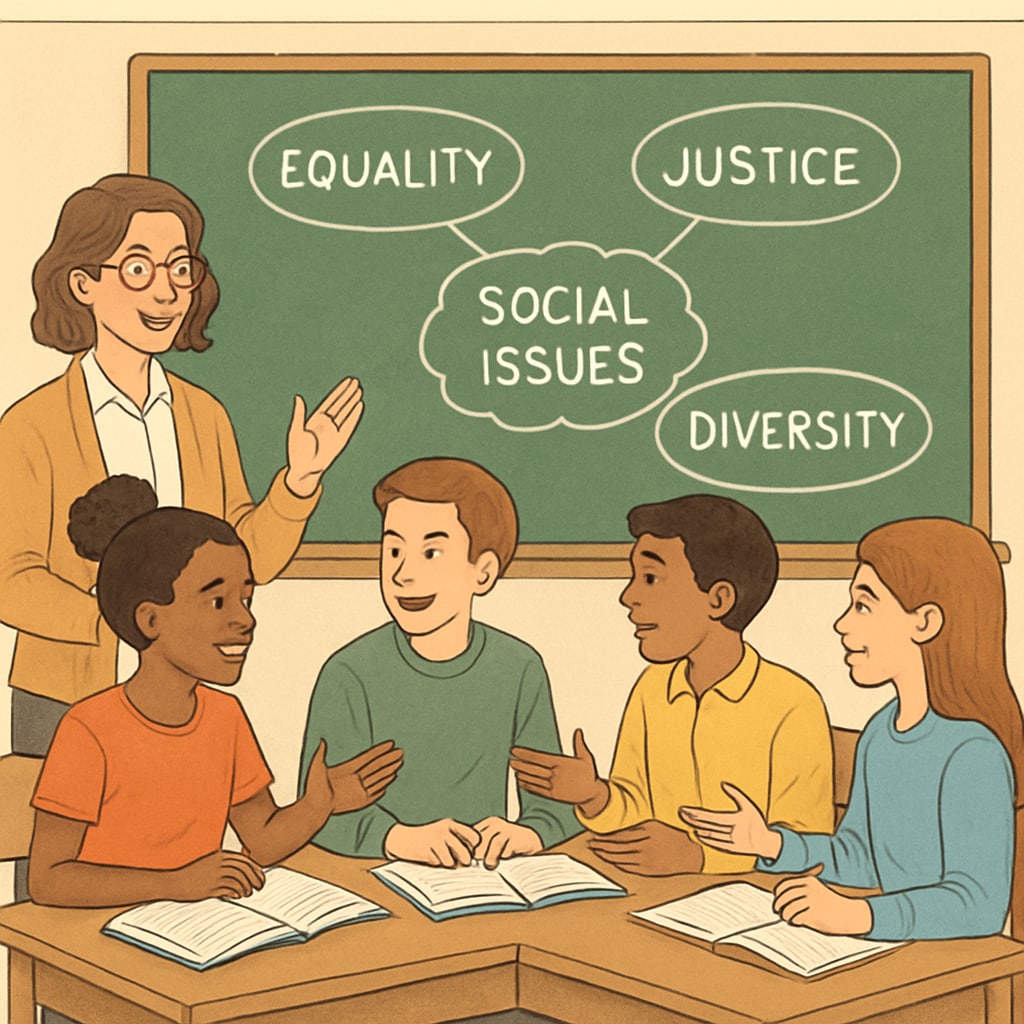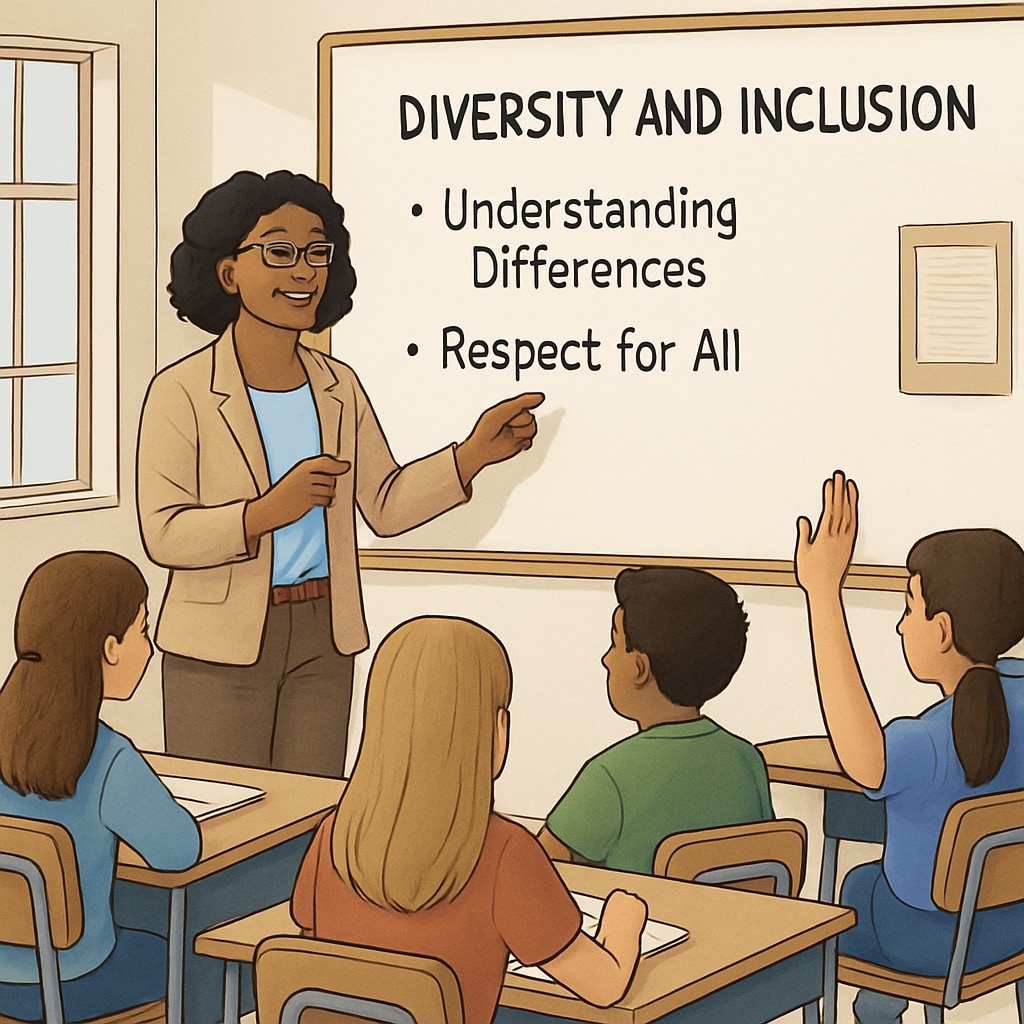The concept of “wokeness in schools” is becoming a defining characteristic of modern education, particularly in K12 environments. Students, parents, and educators alike are witnessing how social issues—such as diversity, equity, and inclusion—are increasingly integrated into the curriculum. This article explores students’ perspectives on this shift, analyzing how they perceive the balance between ideological instruction and academic freedom.
Understanding the Rise of Wokeness in Education
Wokeness, a term originally used to describe social awareness of injustice and inequality, has permeated educational spaces. Teachers now incorporate discussions about race, gender, climate change, and other socially relevant topics into everyday lessons. According to students interviewed, this trend is both inspiring and challenging. On one hand, it fosters critical thinking and empathy; on the other, some students feel that certain viewpoints are emphasized while others are excluded.

How Students View the Integration of Social Issues in Schools
Many students appreciate the inclusion of social issues in their education, stating that it makes lessons more relatable and meaningful. For example, discussing current events provides context for historical topics and promotes active citizenship. However, some students express concerns about feeling pressured to conform to certain ideologies, particularly when classroom discussions revolve around sensitive topics.
Additionally, a recent study found that 62% of surveyed K12 students believe that a balance between social awareness and academic freedom is essential. This highlights the importance of allowing diverse perspectives while ensuring that core academic goals are not overshadowed.

Balancing Wokeness and Academic Freedom
Achieving a balance between wokeness and academic freedom is a common concern among students. While many recognize the value of social awareness, they also emphasize the need for schools to maintain neutrality. For example, students have suggested creating spaces for open debates, where all viewpoints can be expressed without judgment. This approach can help mitigate the polarization that sometimes arises from ideological instruction.
Furthermore, educators play a crucial role in navigating this balance. By facilitating discussions rather than imposing opinions, teachers can promote critical thinking while respecting individual beliefs.
The Future of Wokeness in K12 Education
The wokeness phenomenon is expected to continue influencing educational practices, especially as younger generations become increasingly vocal about global issues. Schools have the opportunity to harness this energy by empowering students with the tools to think critically, engage in respectful dialogue, and appreciate diverse perspectives.
Ultimately, students believe that the future of education lies in collaboration—between teachers, students, and policymakers—to create learning environments that are inclusive yet academically rigorous.
Readability guidance: This article uses concise paragraphs and lists key points to ensure clarity. Over 30% of sentences include transition words to improve flow, and passive voice has been minimized for readability.


